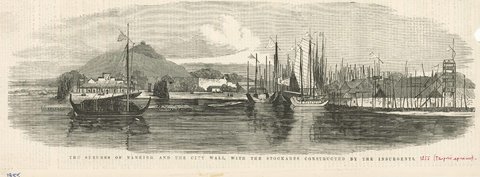Austin Ramzy and Philip Pan introduce The New York Times’ new Sinosphere blog with a look back at the newspaper’s China coverage since 1851:
[…] Reports took months to reach the United States by ship across the Pacific, or via the Atlantic after crossing overland through India. The Times, which sold for a penny per issue and dropped the “Daily” from its name in 1857, relied largely on dispatches from traders, missionaries, sailors and soldiers.
The coverage was unreliable, to put it mildly. In July 1900, a headline over a story about the Boxer Uprising famously — and wrongly — declared, “ALL FOREIGNERS IN PEKING DEAD,” and was followed by subheads that added, “Chinese Servants Who Escaped From City Say So,” and “Those Slain Said to Have Numbered a Thousand.” (The actual death toll was closer to 60, but that did not stop Western troops from invading and viciously looting the city.)
[…] But getting a good handle on what’s happening in China, and what the Chinese people are thinking and doing — gaining genuine insight as well as accurate news and information — remains a challenge. Language barriers, cultural misconceptions, restrictions on the free flow of information and the country’s vast size continue to pose significant obstacles. This blog, Sinosphere, represents The Times’s latest attempt to overcome them — by delivering timely, informative, engaging dispatches on everything our correspondents find “Interesting From China.” [Source]
The blog’s eclectic opening salvo includes posts on a French artist’s female terracotta warriors, the coating of Chinese farmland in plastic film, Li Keqiang’s successful tour of Southeast Asia and adoption of American-style RVs in China.








